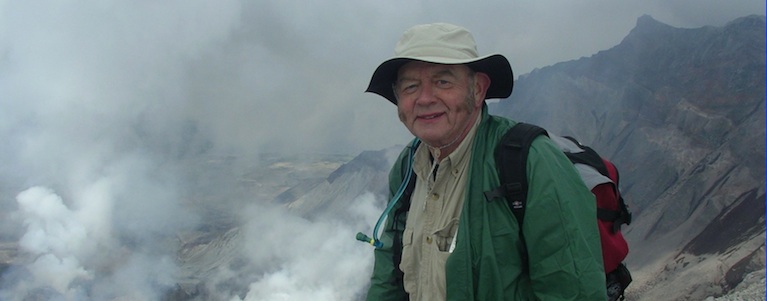Sanitizing Masks
A lot of large vaporized hydrogen peroxide systems are being set up in cities around the country to help sanitize masks but UV is a more feasible low tech and low volume option for first responders and individual healthcare workers often found in rural areas.
UV light penetrates the mask and works by damaging the molecular bonds that hold together the nucleic acids (DNA or RNA) of the viruses or bacteria and stops them from infecting and/or replicating within a human cell, according to Malley. The UV light used is short wave and cannot be seen by the human eye so to effectively kill the virus requires an understanding of the amount of light energy or UV intensity and the length of time the mask is dosed.
Malley stresses that it is important that masks are clean because any substance on the inside or the outside of the mask, even something as simple as sunscreen, cosmetics or lip balm, could block the UV light.
“In a perfect world, masks should be worn once and dis-carded,” said Malley. “But in a pandemic, with all the supply shortages and strains on healthcare system infection control practices, disinfection practices like ultraviolet light offer alternative disinfectant options for PPEs.”
Info: shpr.fyi/uvsanitizemasks
Here’s a good video about a clinic using ultraviolet to sanitize masks:
Info: shpr.fyi/uvsanitizmasks
COVID virus has a “G” variant that is much more contagious
All viruses have variants, small differences in their makeup, that are sometimes called mutations, though mutations usually refer to more major changes.
When discovered, at a glance, the mutation seemed trivial. About 1,300 amino acids serve as building blocks for a protein on the surface of the virus. In the mutant virus, the genetic instructions for just one of those amino acids — number 614 — switched in the new variant from a “D” (shorthand for aspartic acid) to a “G” (short for glycine).
But the location was significant, because the switch occurred in the part of the genome that codes for the all-important “spike protein” — the protruding structure that gives the coronavirus its crownlike profile and allows it to enter human cells the way a burglar picks a lock.
And this “G” variant is becoming more dominant.
Its ubiquity is undeniable. Of the approximately 50,000 genomes of the new virus that researchers worldwide have up-loaded to a shared database, about 70 percent carry the mutation, officially designated D614G but known more familiarly to scientists as “G.”
“G” hasn’t just dominated the outbreak in Chicago — it has taken over the world. Now scientists are racing to figure out what it means.
Individual particles of the regular virus can remain in air for hours but most become non-contagious in a minute or two.
But particles of the G variant are hardier and can remain contagious for many minutes. If an infected person, who may have no symptoms, breaths these particles into air, they can infect another person entering and breathing that air many minutes later even if they never met or even saw each other.
This even further reduces the value of tracing which identifies and traces people who were “together” for several minutes. This variant can and is infecting people who were never “together” but who simply passed through the same space even minutes apart.
The mutation doesn’t appear to make people sicker, but a growing number of scientists worry that it has made the virus more contagious.
“Virus particles containing the G form of spike on their surface were approximately 3-6 times more infectious,” says Montefiori.
Dr, Deborah Birx in the Task Force Briefing on July 8, said, “Whatever occurred happened almost simultaneously across the south and we’re investigating that very closely to really see the etiology behind that, because that can help us as an early warning signal, and help us in guidance to the American people.”
Possibly what happened was that the “G” variant arrived there and has contributed to the recent infections increases.
Encouragingly, the research found that immune factors from the serum of infected people work equally well against engineered viruses both with and without the D614G mutation. That’s a hopeful sign that vaccine candidates in development will work against variants with or without that G mutation, Choe says.
Info: shpr.fyi/covidgvariant




